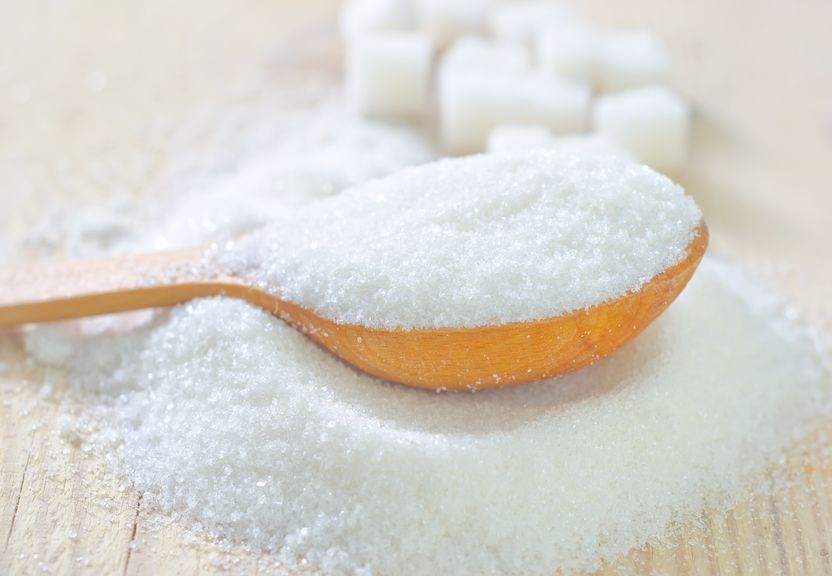
For decades, many of us have been duped into avoiding dietary fat while bingeing on low-fat, high-carbohydrate foods.
These days, growing awareness about sugar’s ills has inspired many to take up the challenge of reducing their sugar intake. Sugar is associated with obesity, diabetes and other health risks. But since there are 152 different ways of identifying sugar on a label, deciphering how much a product contains can be difficult for the average consumer.
And sugar can be hard to avoid. Foods that we don’t normally associate with a sweet tooth, such as bread, crackers and popcorn, also contain the sweet stuff.
“There are different types of sugars sprinkled throughout the [ingredient] list,” says Christy Brissette, registered dietitian and president at 80 Twenty Nutrition in Toronto. “It’s not realistic to expect everyone to be a real ‘sugar detective’.”
Still, you can reduce your daily sugar intake with a few adjustments in your approach to planning your meals:
> Limit restaurant meals
You might assume that ordering a plate of steamed vegetables in a restaurant is a healthy choice. But many restaurants add a spoonful of sugar here and there to make their dishes tastier, Brissette says.
Unless you’re willing to ask the chef to disclose all the ingredients, you can’t easily determine the sugar content of all the food on the menu. As much as possible, Brissette says, try to view dining out as a rare treat.
> Plan meals and snacks around whole foods
Granola, instant oatmeal and flavoured yogurt seem like healthy snacks, but they often are packed with processed sugar, Brissette says. When you can’t spare time to carefully read the label, try to opt for foods that are in their natural state.
For example, you can snack on raw almonds, apples and seeds without having to worry about hidden ingredients.
> Don’t go overboard with juicing
If you think the healthiest way to load up on fruits and all of its nutritional benefits is by making your own juice, consider this: it’s not common for us to eat four carrots and three apples in one sitting, Brissette says. Yet you might easily drink the juice of those items at once.
While fruits contain natural sugars, which are less harmful than the processed form, the juicing process can throw your body off balance. “What you’re doing is removing the fibre. Your body will get all the nutrients, but it will also get a burst of sugar that goes into the bloodstream,” Brissette says. “You need that fibre to slow [things down].”
She advises against treating juicing as a replacement for eating fruits. Also, limit the amount of juice you consume to just a few times a week.
> Be more selective
Before you drop that box of granola bars into the cart, Brissette says, stop and ask yourself, “How close is this to the actual food in the ground?”
While it’s no secret that labels can obscure the facts, Brissette has a rule of thumb for reading the label with a bit more clarity. Check the ingredient list to gauge exactly how much nutritional content a product marketed as ‘healthy’ actually has. Ingredients are listed in descending order by weight, so those appearing early on the list account for the highest proportion, Brissette says.
Photo copyright: tycoon751/123RF